

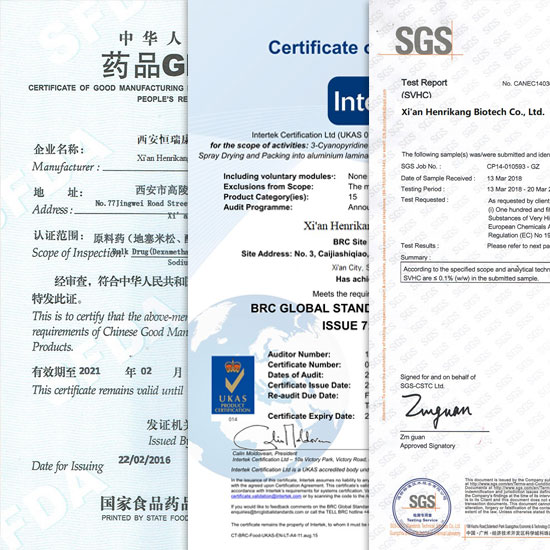



Related Attributes
Product details
D-Pantothenic acid CAS NO is converted to coenzyme A (CoA) or acyl carrier protein (ACP) in vivo to participate in fatty acid metabolic reactions.CoA is a cofactor for more than 70 enzymes in organisms (about 4% of the total enzyme volume), and is also required by bacteria to construct cell walls. In metabolism CoA mainly functions as an acyl carrier and is involved in sugar, fat, protein and energy metabolism, and can also affect the localisation, stability and activity of proteins by modifying them.
CoA provides 90% of the energy for organisms. Pantothenic acid is essential for the synthesis of steroids from fatty acids; it can also be involved in the synthesis of steroidal violet, melatonin and ferrous haemoglobin; it is also an intermediate necessary for the metabolism of the body's citric acid cycle, choline acetylation, and the synthesis of antibodies.
Therefore, D-Pantothenic acid can act on normal epithelial organs such as nerves, adrenal glands, digestive tract and skin, and improve the resistance of animals to pathogens.
Uses of D-PANTOTHENIC ACID.
vitamin d pantothenic acid is used in feed additives, pharmaceuticals and food additives. Sodium pantothenate is also used in beverage additives, but because of its high hygroscopicity, pantothenic acid is now used instead.
Physiological Functions
As a precursor to coenzyme A (CoA), it participates in the catalytic reactions of more than 70 enzymes in the body, involving fat, protein, carbohydrate metabolism, and energy production. For example, CoA plays a key role in fatty acid synthesis and provides 90% of the body's energy. In addition, it also participates in steroid hormone synthesis and immune function regulation.
Application Areas
Nutritional Supplements: As a vitamin B5 supplement, it is used to improve skin health and promote energy metabolism.
Medical Research and Development: As a precursor to coenzyme A in drug development, it is used in the synthesis of drugs or nutritional supplements.

Product Methods of D-PANTOTHENIC ACID.
Since pantothenic acid is highly hygroscopic and difficult to crystallise, it is usually made into calcium and sodium salts.D-pantothenic acid is also naturally occurring and physiologically active, and is formed by the aldol condensation of isobutyraldehyde with formaldehyde in the presence of potassium carbonate, followed by cyanidation, lactonisation to dl-pantolactone, and then reaction with calcium aminopropionate.
WHY CHOOES US?

OUR CERTIFICATE
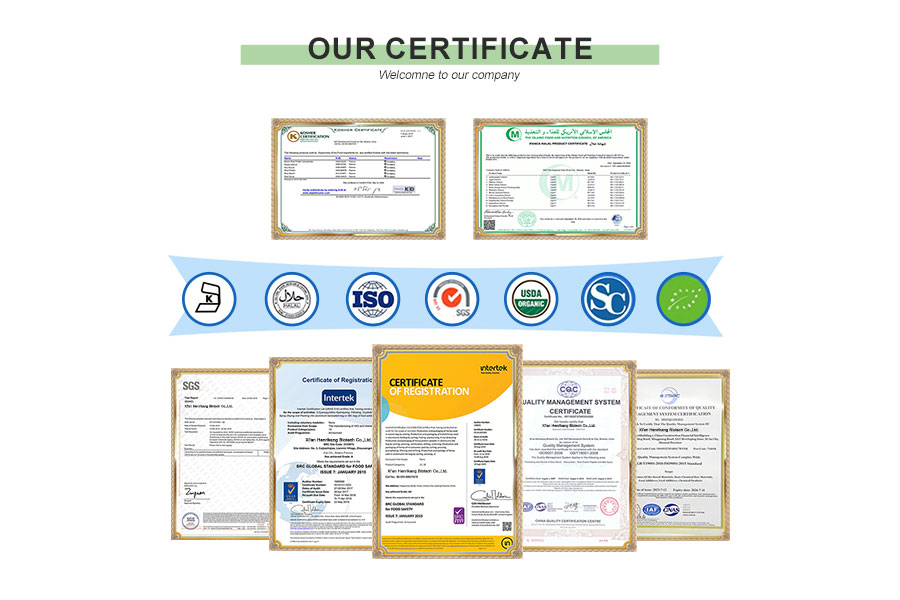
CUSTOM PROCESS
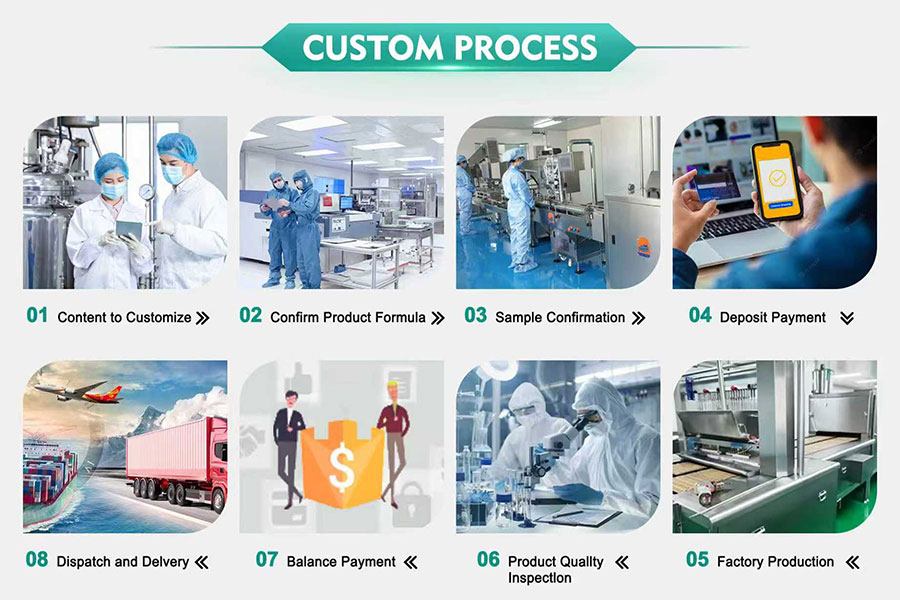
OUR PACKAGE
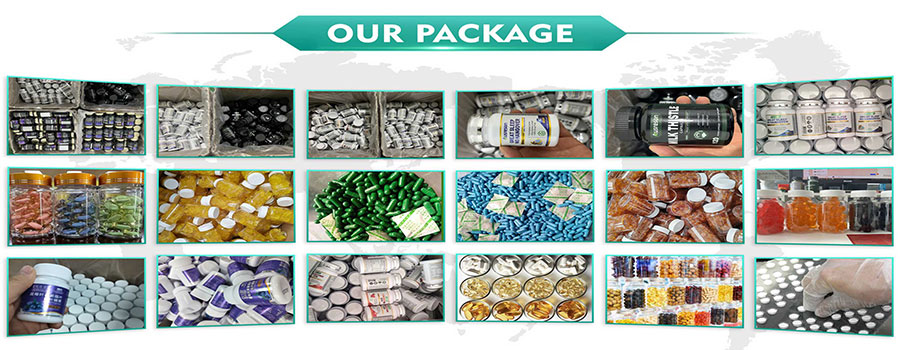
OUR EXHIBITION

OUR FACTORY
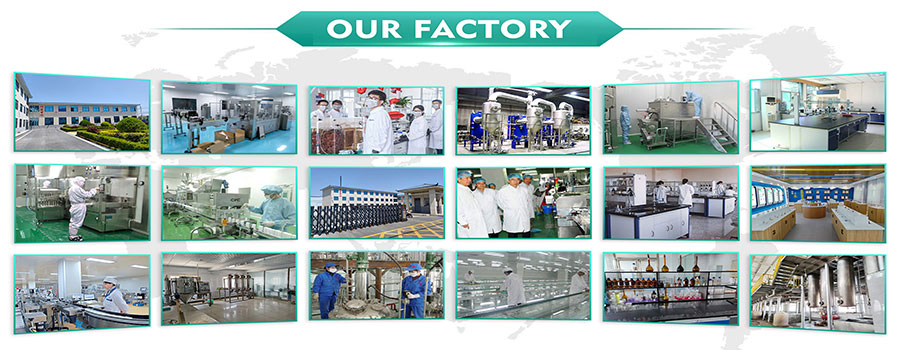
Shipping
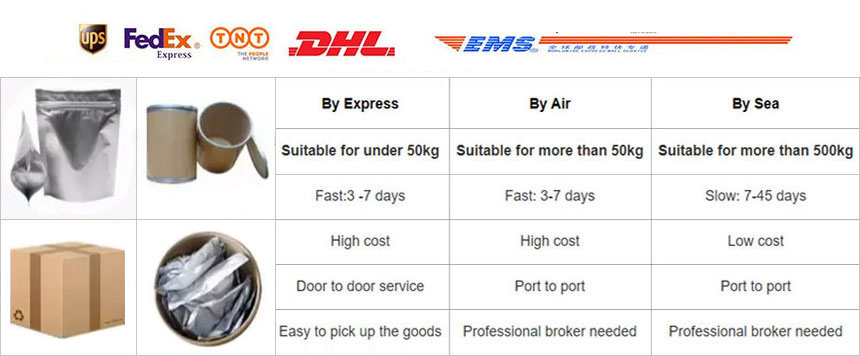
Pharmaceutical Intermediate manufacturers
©2022 Xi'an Henrikang Biotech Co., Ltd.,